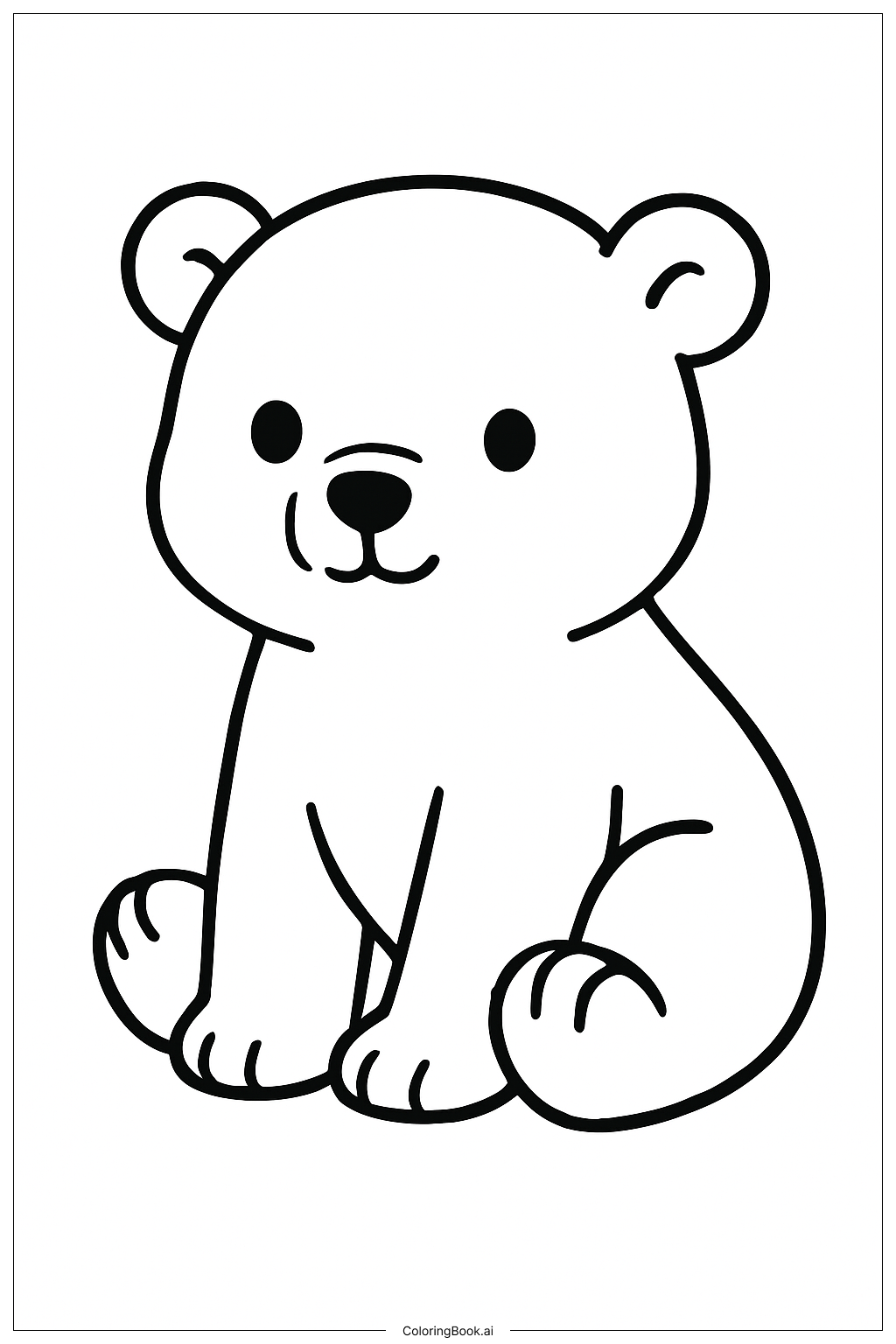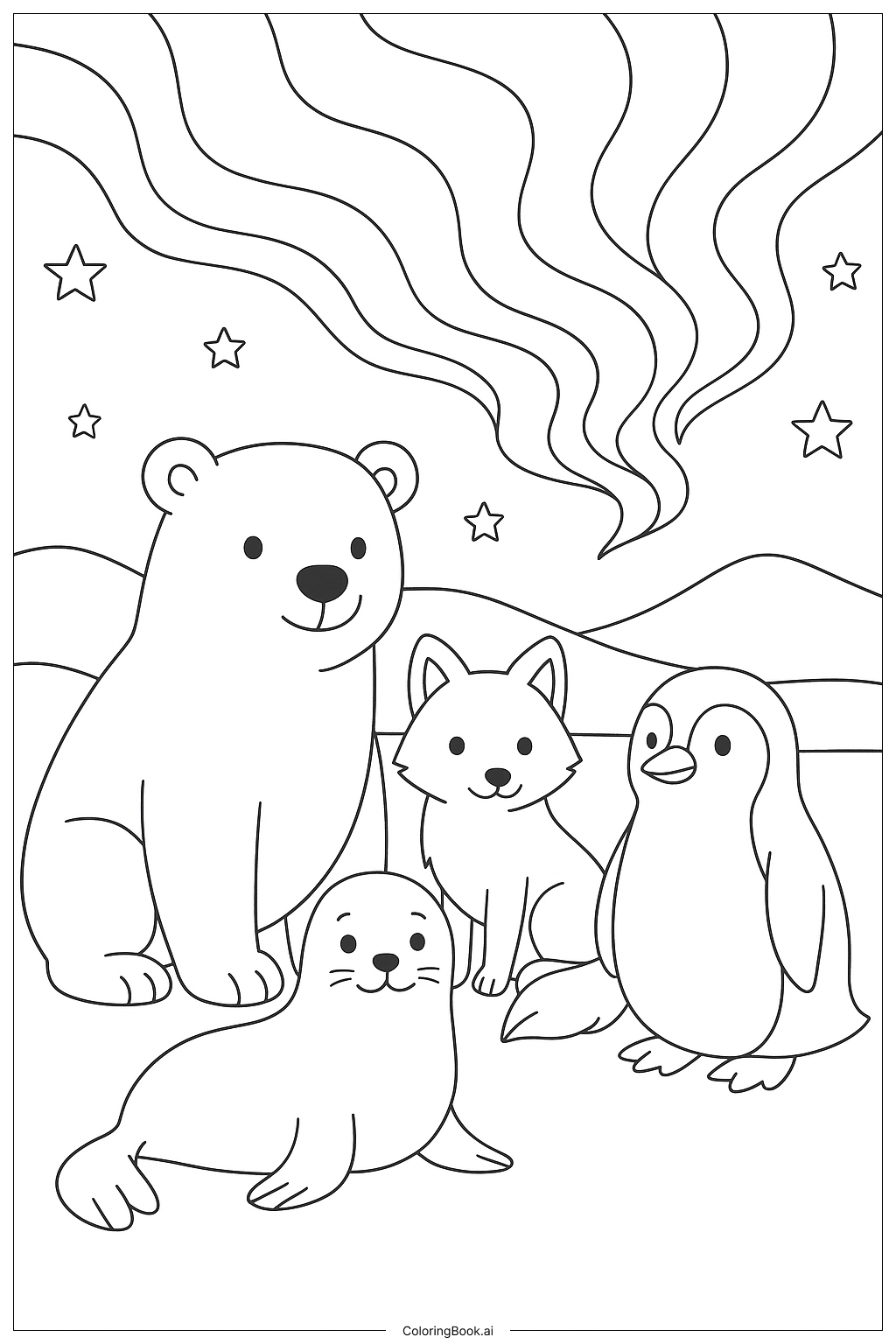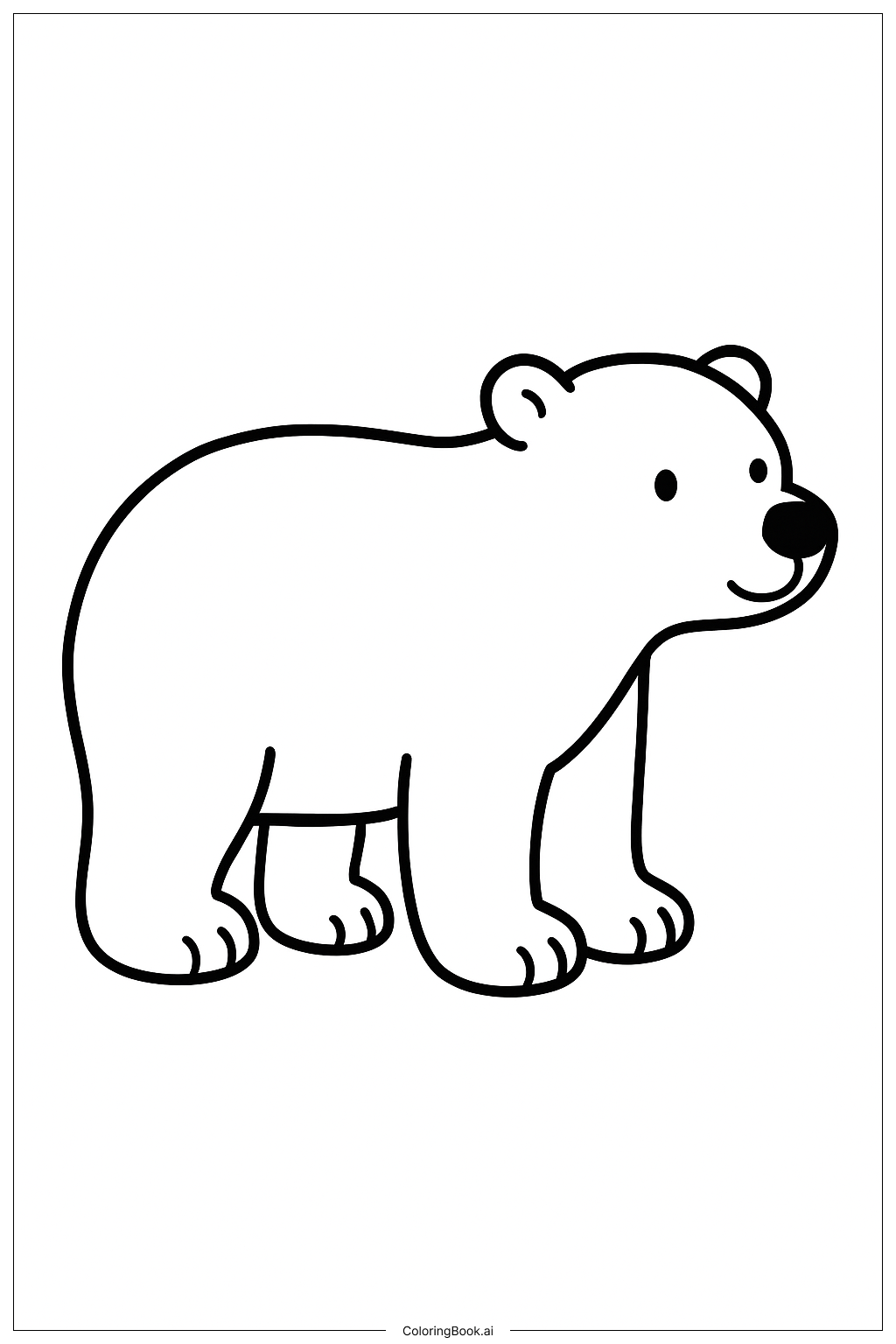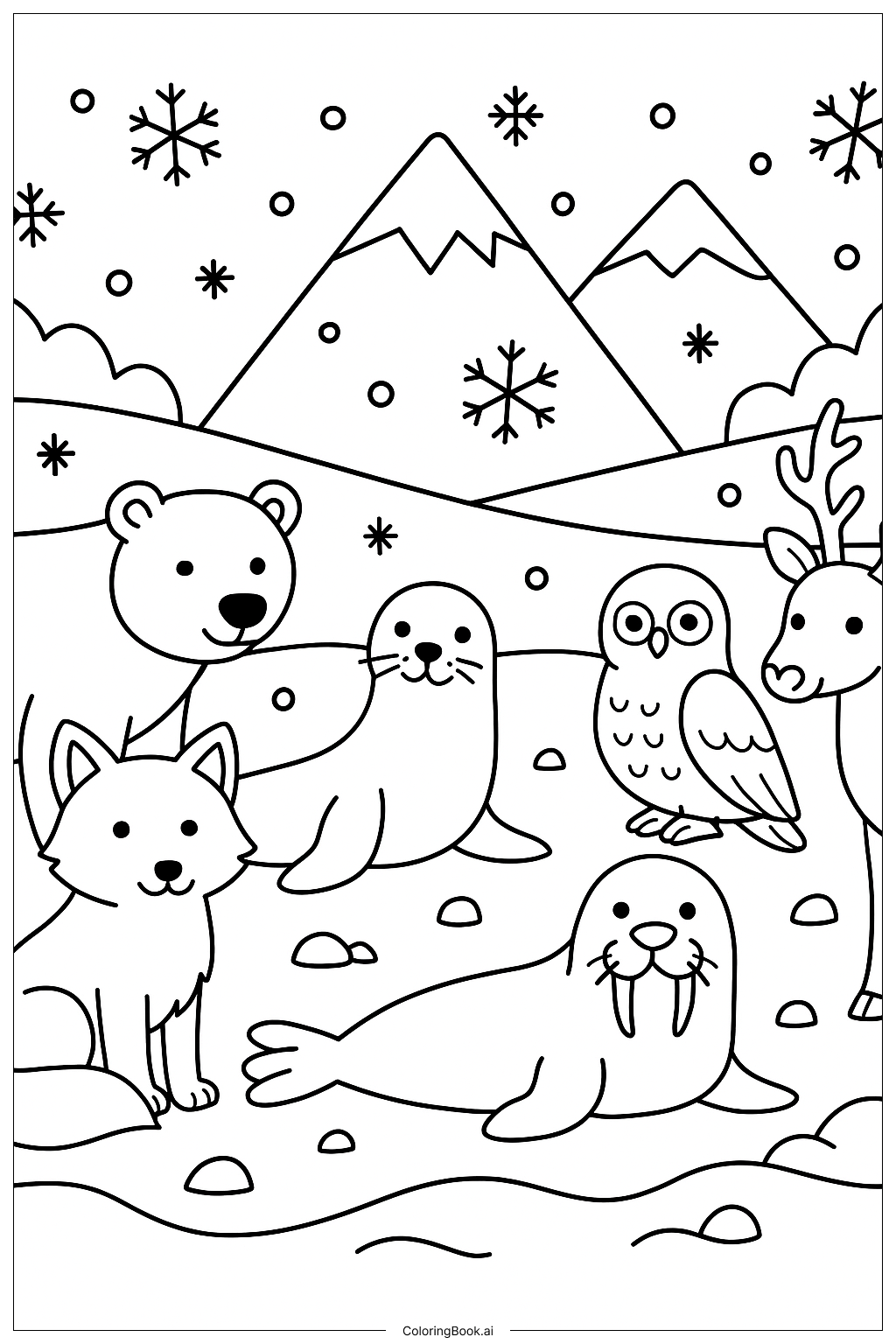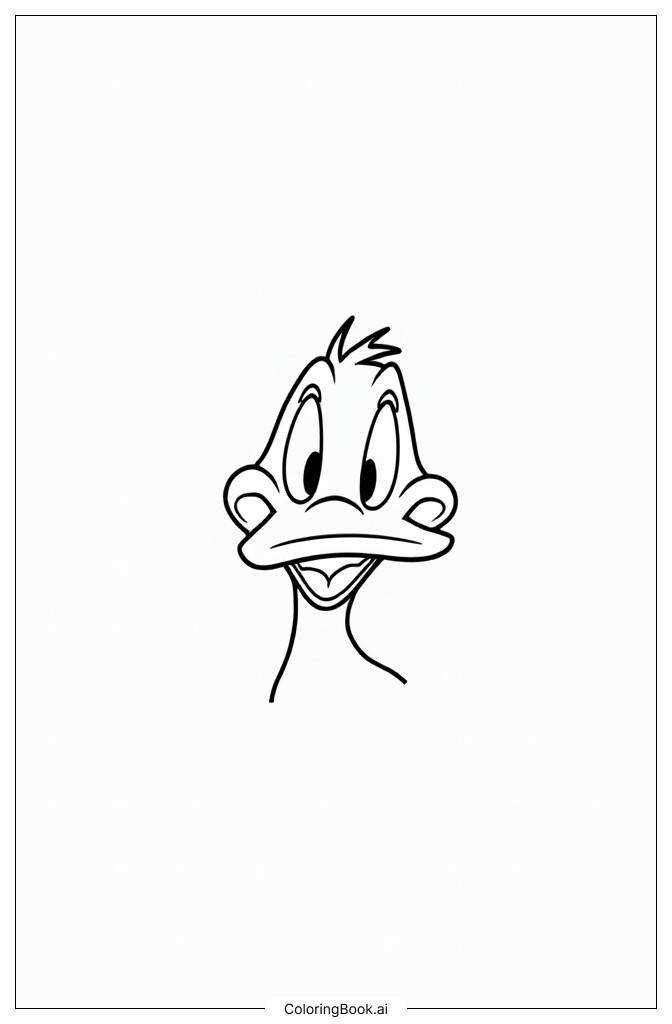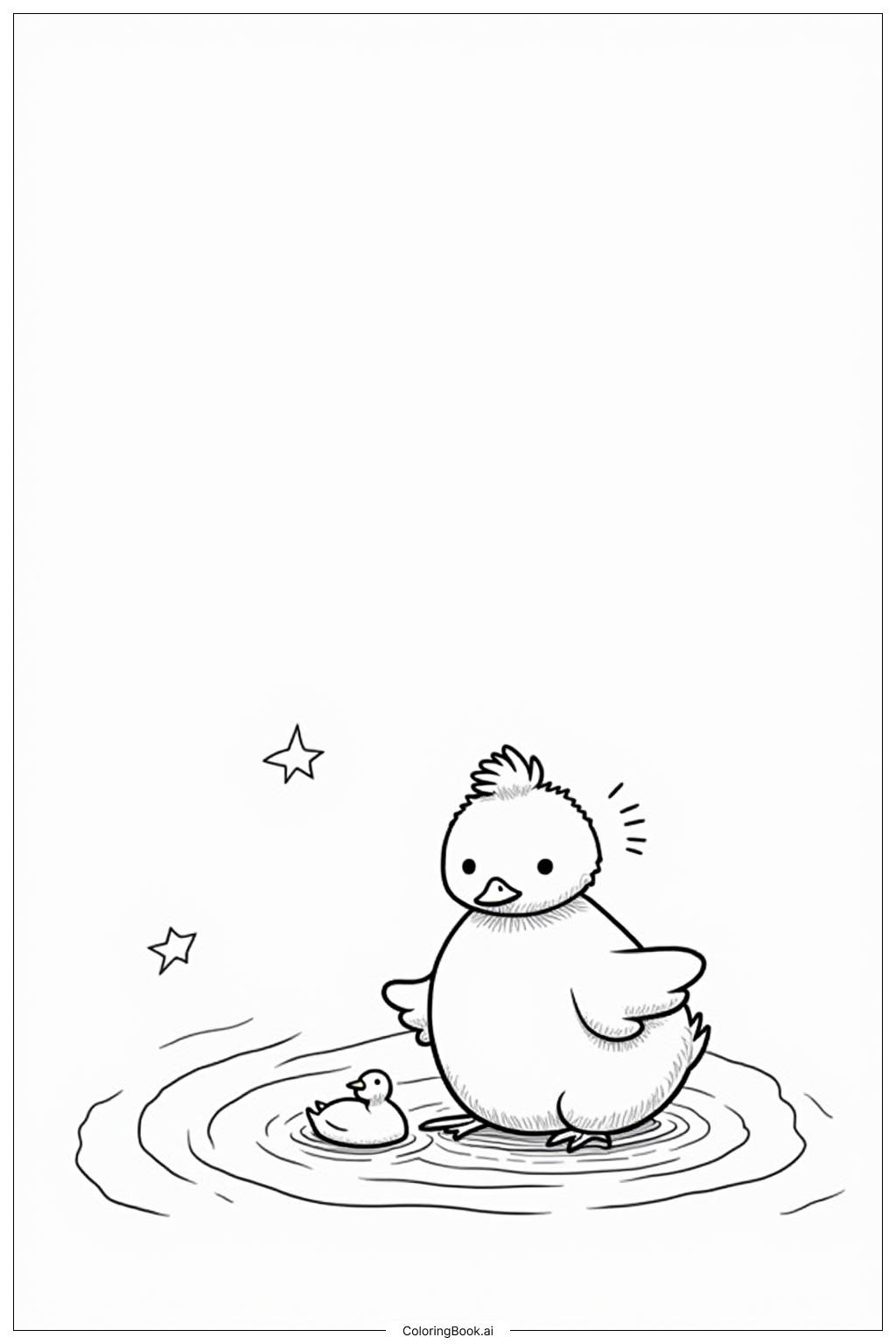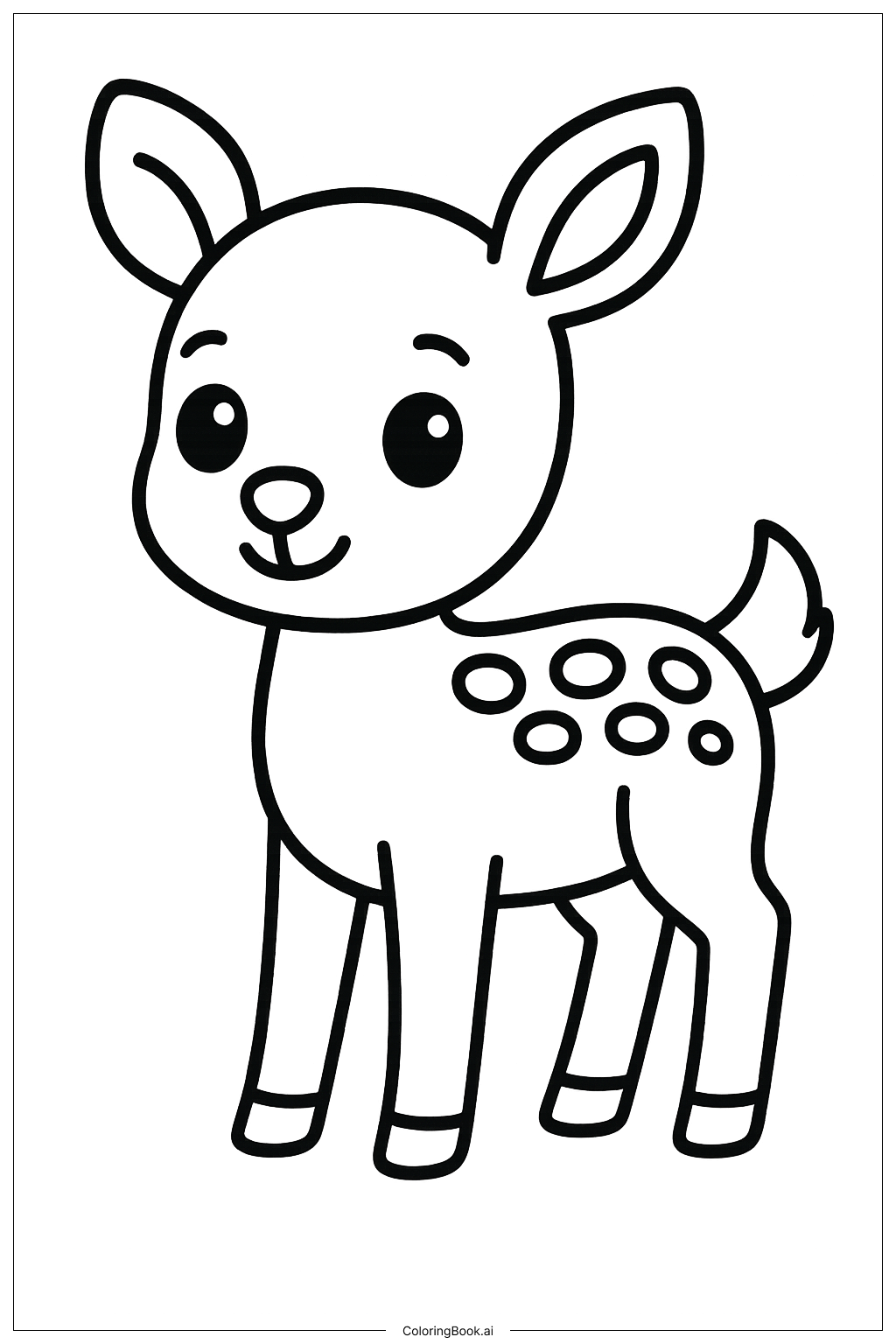Coloring tips: How to color A Happy Seal coloring page well?
Use soft gray or light brown to color the seal's body to keep it natural. Color the nose and whiskers black for contrast. The ice floe can be shaded with light blue or white with some blue shadows to give a cold, icy feel. For the snowflakes, use bright blue or silver to make them stand out. The background can be colored light blue to show the chilly sky, making the seal and ice floe more noticeable. Feel free to add some sparkles or white highlights to make the image lively.
Coloring challenges: Which parts are difficult to color and need attention for A Happy Seal coloring page?
1. Keeping the seal's body color even may be tricky because it is large and needs soft shading to look natural. 2. Coloring the ice floe with shadows needs care to avoid making it look flat. 3. The small snowflakes require careful coloring to keep their delicate shapes clear. 4. Making the seal's facial features stand out without coloring outside the lines may need attention. 5. Balancing contrast between the seal, ice, and background for a clear, happy scene can be challenging.
Benefits of coloring books: Advantages of drawing A Happy Seal coloring page
Coloring this happy seal image helps children improve their fine motor skills by filling in different shapes and small details. It teaches them about Arctic animals and their cold habitats, sparking curiosity about nature. The simple yet joyful scene encourages creativity in choosing colors and practicing shading. Coloring this picture also promotes focus and relaxation, providing a fun activity that combines learning and art.

